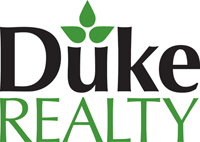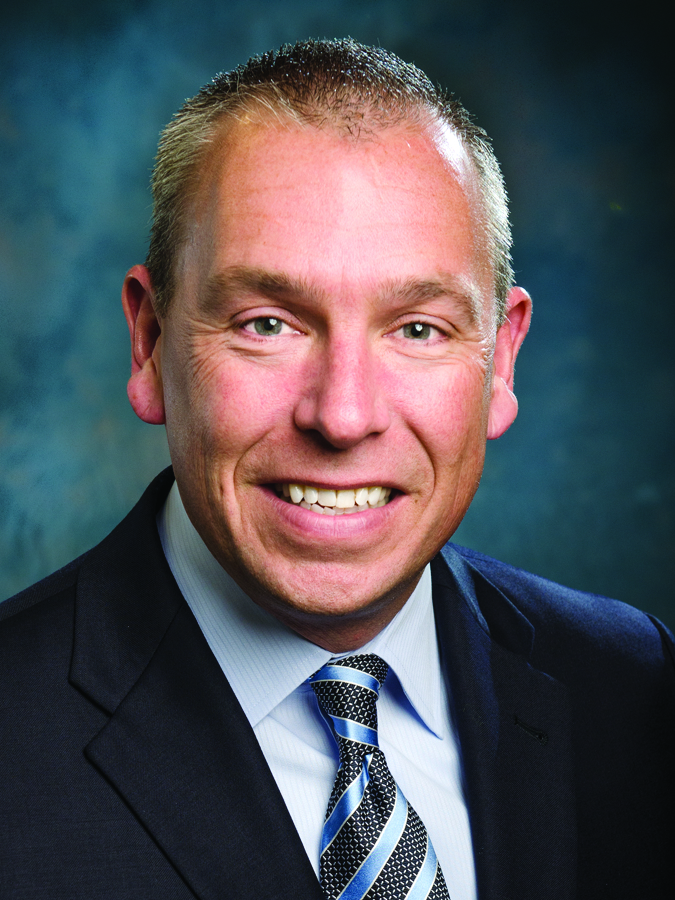 |
News Release |
News Media Contact:
Helen McCarthy, Media Relations, 317.708.8010, helen.mccarthy@dukerealty.com, www.dukerealty.com
Duke Realty’s Keith Konkoli shares real estate insights at InterFace healthcare conference
Executive Vice President, Healthcare, and four others presented ‘Development is Back! A 360-Degree Perspective on Today’s Healthcare Real Estate Development Environment’
|
DALLAS and INDIANAPOLIS, Oct. 7, 2015 – When healthcare providers talk about “a continuum of care,” real estate might not be the first subject that comes to mind. But real estate usually plays an integral role in delivering that care, making it essential for providers to work closely with real estate developers that understand how to customize their buildings to fit the various requirements along the continuum.That was the message from Keith Konkoli, Executive Vice President, Healthcare for Indianapolis-based commercial real estate developer Duke Realty, who spoke at the recent InterFace Healthcare Real Estate Southwest conference in suburban Dallas. Mr. Konkoli was part of panel discussion titled “Development is BACK! A 360-Degree Perspective on Today’s Healthcare Real Estate Environment.” The panelists discussed a range of topics, including the following: The panelists agreed that healthcare real estate development activity is exceeding what it’s been during the past few years. This includes a range of outpatient facilities, as well as wellness and fitness facilities, build-to-suit facilities for specialty providers and more. They said two big reasons for this growth are that the economy has been improving and that providers are now adapting more confidently to the changes mandated by the Affordable Care Act. Hot development areas of the country include the Northeast where there have been a number of consolidations. Mr. Konkoli said there are a lot of development opportunities in areas of the country where there is no Certificate of Need (CON) process or where the CON process is less complicated, as well as in the population growth corridors, including the Carolinas, Florida, Texas and Arizona. The panelists discussed how the industry is adopting new healthcare delivery models because of the movement away from the fee-for-service payment model, the need to implement population health and integrated electronic medical record systems, and the growing popularity of physician acquisition and integration. They said these models require new types of medical facilities that are designed differently than in the past. This includes more flexible, shared spaces such as for administration, waiting/reception and exam rooms. It also might include a network hub-and-spoke design of multifaceted services that could include an off-campus ambulatory surgery center, physical therapy and rehab, primary care and a timeshare for specialists. The design should aim to accomplish a number of goals, including increasing throughput, reducing costs, increasing physician and staff collaboration, improving the quality of care, and enhancing the overall patient experience. Some of the panelists also noted that the industry is moving away from the multi-tenant medical office building (MOB) and replacing it with hybrid buildings that house both the provider’s employed physicians as well as independent physicians. Mr. Konkoli noted, “Although we will continue to see multi-tenant MOBs in geographic markets where physician employment has not yet become the norm, even those MOBs will need to include non-traditional design elements such as self-registration kiosks and shared clinical and office spaces.” Many of the panelists said their organizations are developing senior healthcare and senior living communities or are considering doing so. This includes post-acute facilities, memory care and assisted living residences and independent living communities. Some of the panelists said that whether they develop the facilities themselves or bring in an experienced partner, it’s a good way to provide a solid continuum of care. Mr. Konkoli noted, “Developers must adapt to the changing needs of healthcare clients. That might mean expanding beyond a developer’s traditional focus on MOBs to include freestanding emergency departments, specialty outpatient centers and even post-acute facilities – whatever the client needs to achieve its strategic objectives. We try to figure out where we fit into the continuum of care and where we can help. More and more often, that also means working with two clients who are joint venture partners, such as an acute care hospital and a rehabilitation hospital operator.” Some of the panelists said they thought the Federal Reserve System would raise interest rates slightly in the next year but there wouldn’t be a corresponding rise in capitalization rates (the rate of return on a real estate investment property). They also said that investor demand for healthcare real estate is so strong that cap rates and development activity in the sector would probably be largely unaffected by a moderate interest rate hike. “Every time we think that an interest rate increase is right around the corner, it’s not around the corner,” Mr. Konkoli pointed out. “But there’s also been a lot of acquisition activity, which has driven down the cap rates on the buy side, and it doesn’t seem like that’s moving a lot because there’s still a lot of capital chasing this product type. So my prediction is that cap rates aren’t going to move a lot.” With 25 years in the industry, Duke Realty’s healthcare team offers proven experience in providing hospitals and physician groups comprehensive planning, development, ownership and facility management services. Projects have ranged from small medical office buildings to large ambulatory care centers with diagnostics, oncology and surgery services. To find out more, please visit www.dukerealty.com/healthcare. Duke Realty Corporation owns, maintains an interest in or has under development 142 million rentable square feet of bulk distribution and office assets, including medical office, in 22 major U.S. metropolitan areas. Its medical office portfolio totals 5.9 million square feet, with properties in 15 markets. Duke Realty Corporation is publicly traded on the NYSE under the symbol DRE and is listed on the S&P MidCap 400 Index. More information about Duke Realty Corporation is available atwww.dukerealty.com. Duke Realty also can be followed on Twitter, LinkedIn, Facebook and YouTube. – 30 –
Duke Realty |
The full content of this article is only available to paid subscribers. If you are an active subscriber, please log in. To subscribe, please click here: SUBSCRIBE






